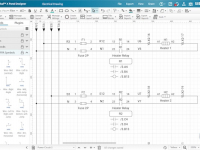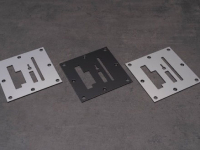Making the Case for the Right Workstation
Whether it's an engineer designing bridge structures on a major infrastructure project or a developer coding the next big video game release, the workstation is the epicenter of the workday and a barometer for employee productivity.

July 30, 2019
It’s no longer enough to have a powerful desktop system stocked with the latest processors, storage, graphics capabilities and memory. Mobility is now a key requirement for workstation users.
Today’s architects, engineers, film designers, video game developers, data analysts and programmers want more than a secondary machine that allows them to do some basic modeling or animation work. Increasingly, they are looking to fully untether from their desktop, empowered to use their everyday 3D modeling, simulation, animation and analysis tools on the go, whether that’s conducting design reviews at a client site, checking work-in-progress in the field, or iterating concept models during their commute.
As projects increase in size and complexity, mobile workstations must be able to scale to meet the computational and graphical demands of modern-day workflows.
Professional users want lightweight, portable devices that will deliver performance that’s comparable to their desk- 2 MAKING THE CASE for the Right Workstation top systems, including the ability to optimize power and resources for all of their workloads. At the same time, applications from leading independent software vendors in areas like advanced visualization, extended reality (XR), medical imaging, simulation and computer-aided design (CAD) must be certified to run at optimal performance on the mobile platform in order to ensure the highest levels of flexibility and productivity for a modern, professional workforce. Plus, as artificial intelligence is rapidly integrated into new and existing software vendors’ applications to further accelerate productivity, hardware performance demands increase.
Given the expectation that innovation can now happen anywhere, professional users across industry segments are demanding mobile workstations meet performance, reliability, flexibility and security criteria.
- The NVIDIA Quadro RTX 5000 GPU, available in 17- and 15-inch mobile workstations.
- Low repair rates that beat competitor and industry averages.
- US DoD MIL-STD 810G standards for testing with 12 methods and 22 procedures.
- The ThinkShield customizable security platform.
- X-Rite Pantone Factory Color Calibration service.
Download Making the Case for the Right Workstation to learn more.
Latest News









